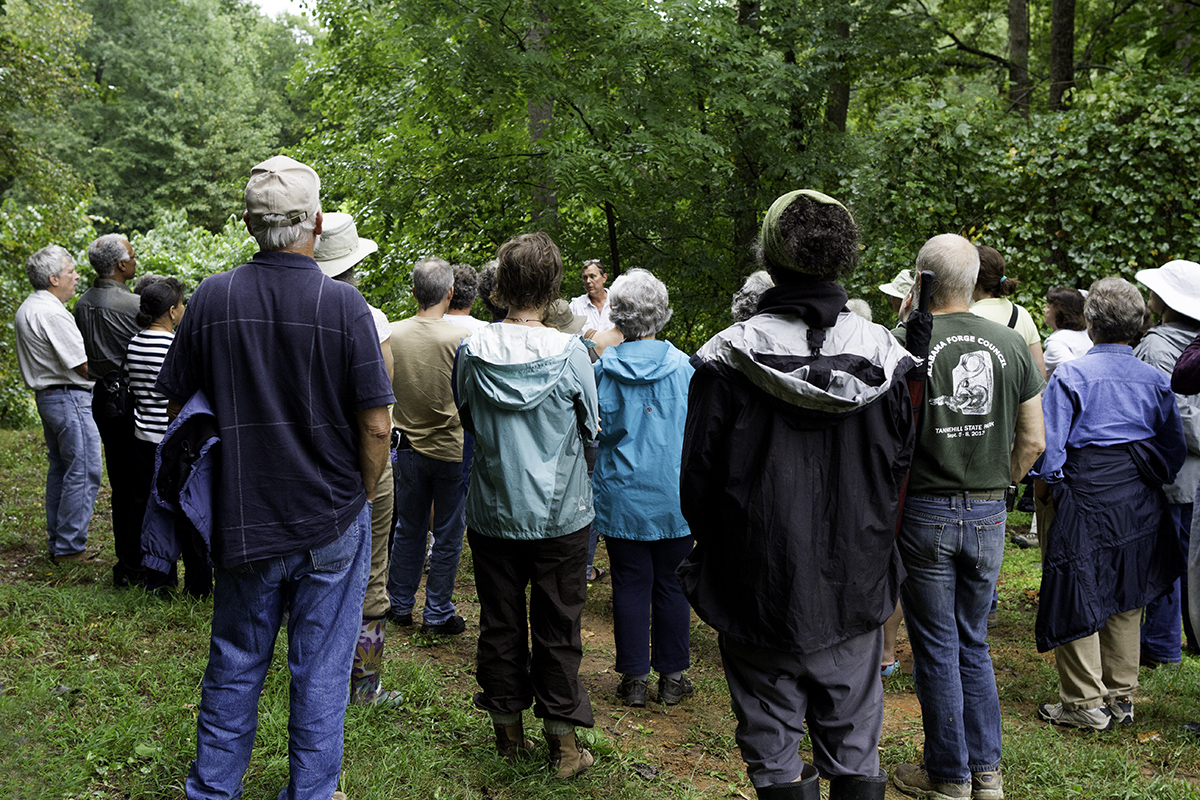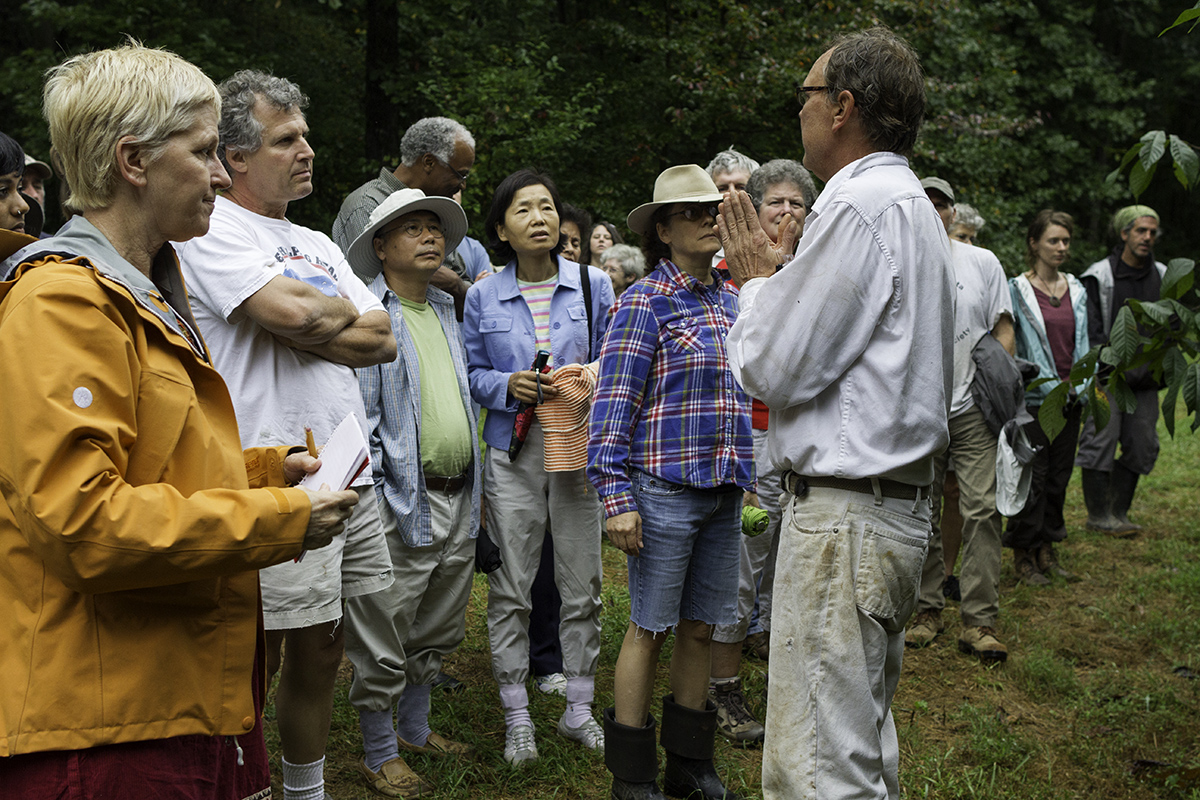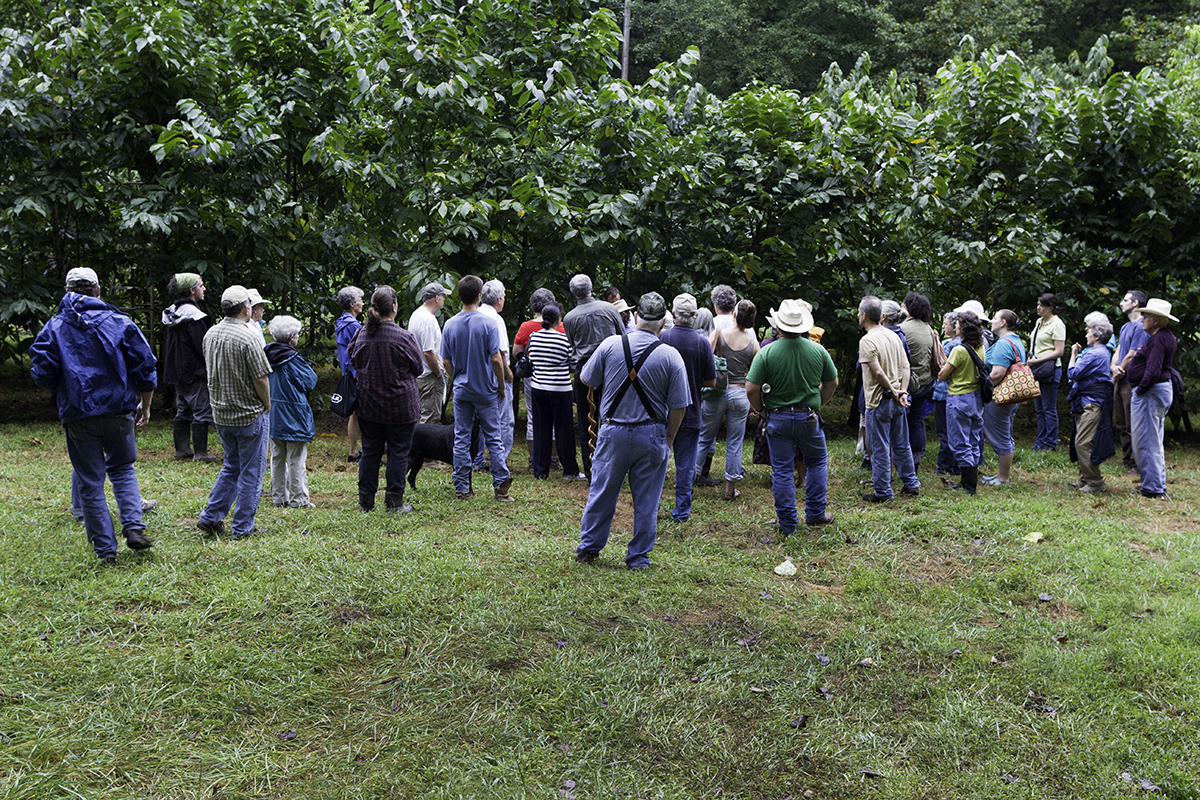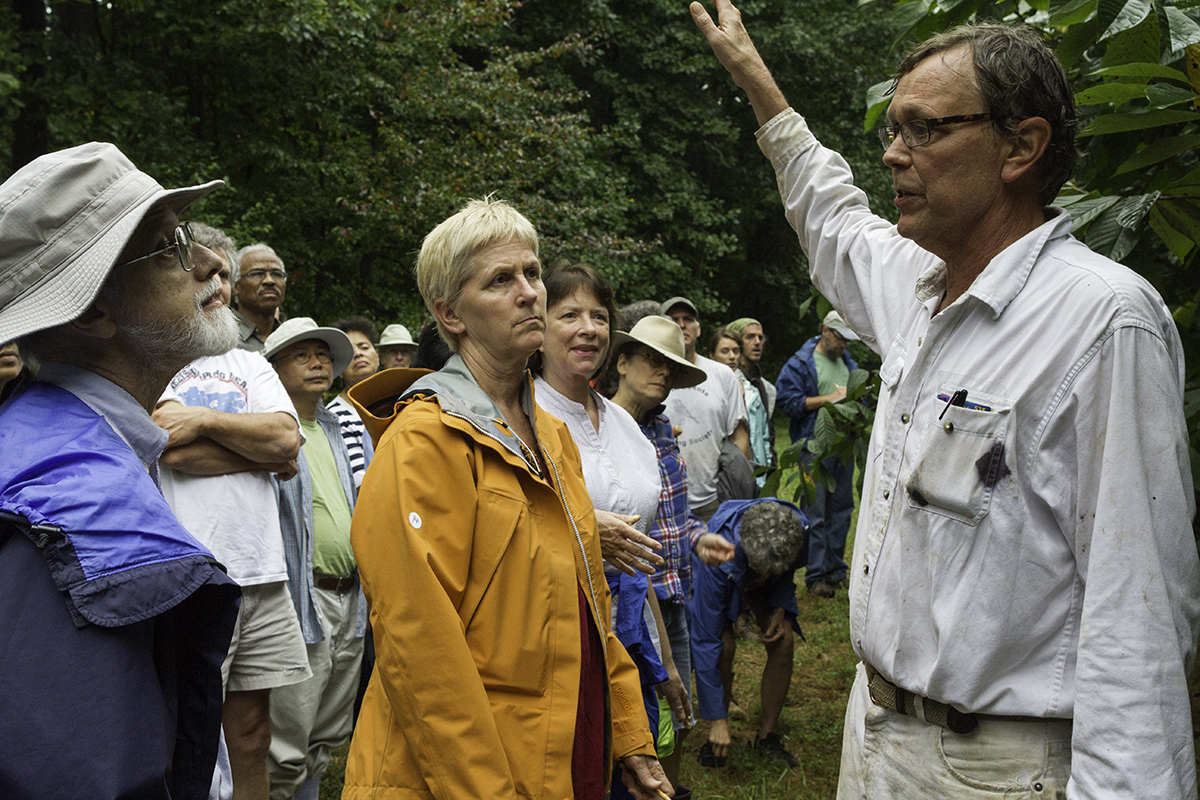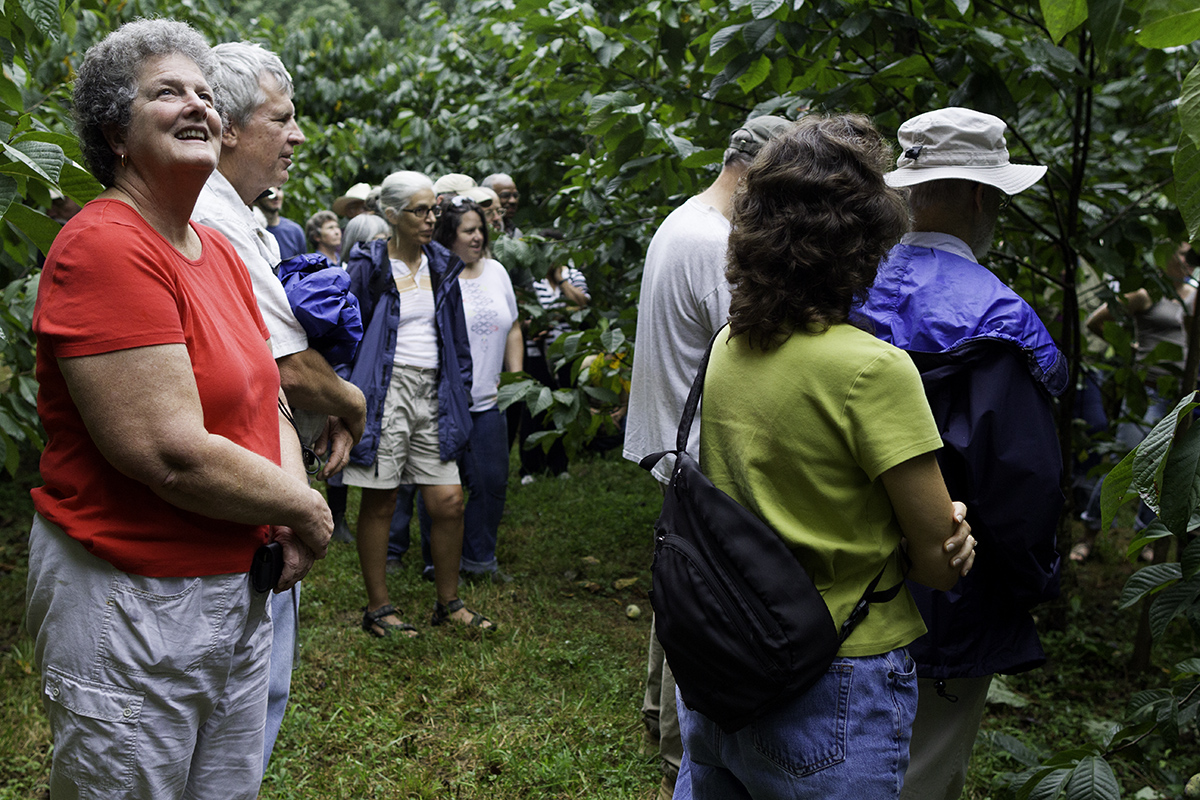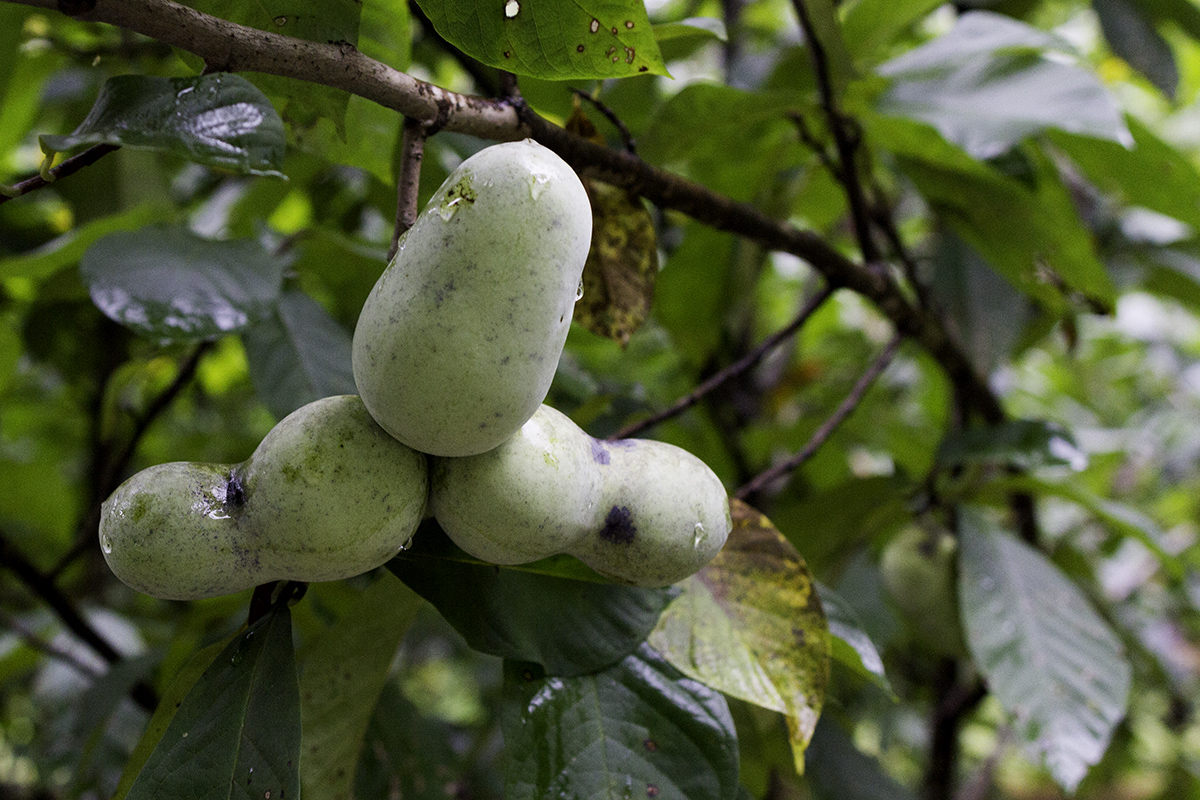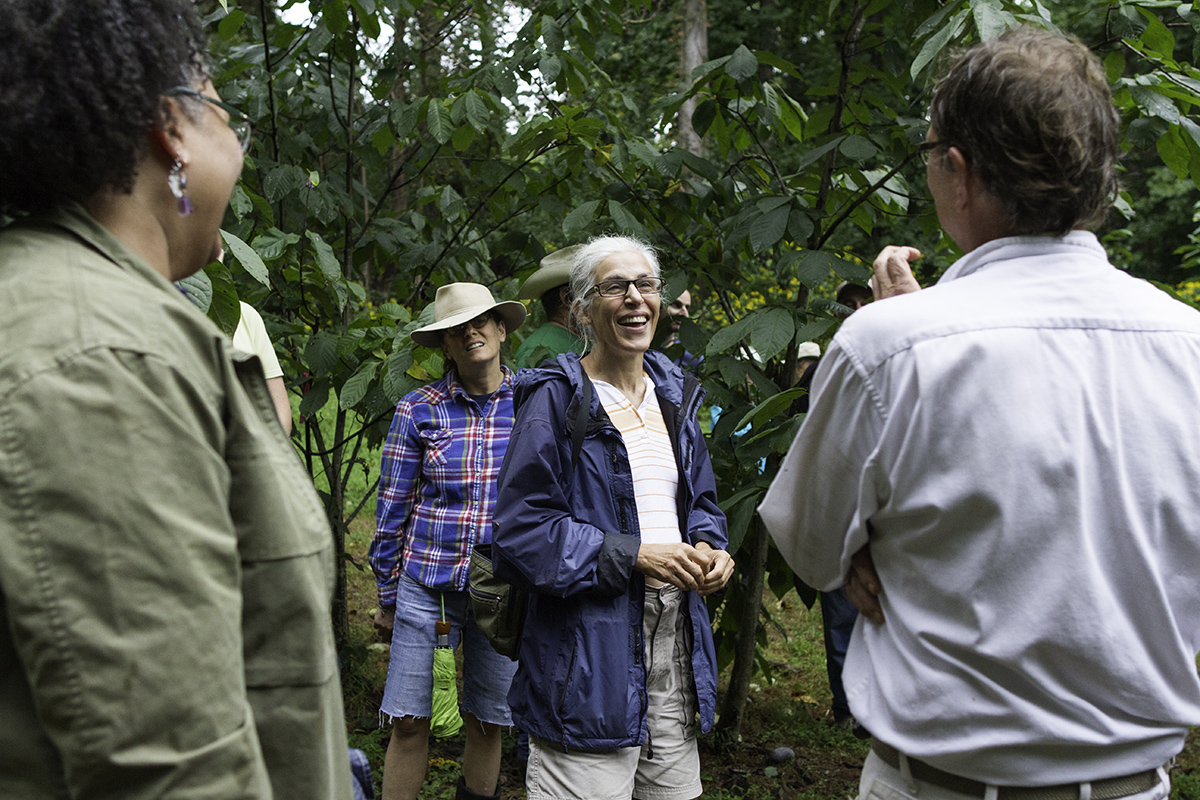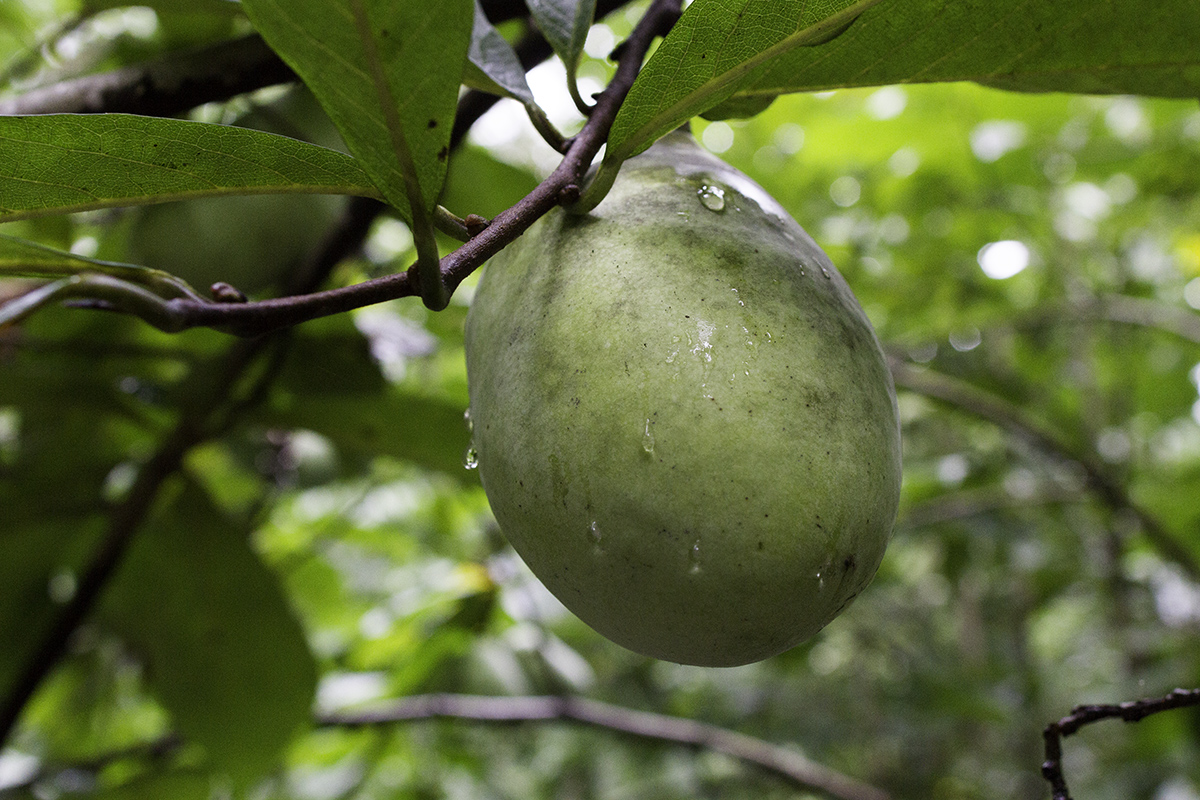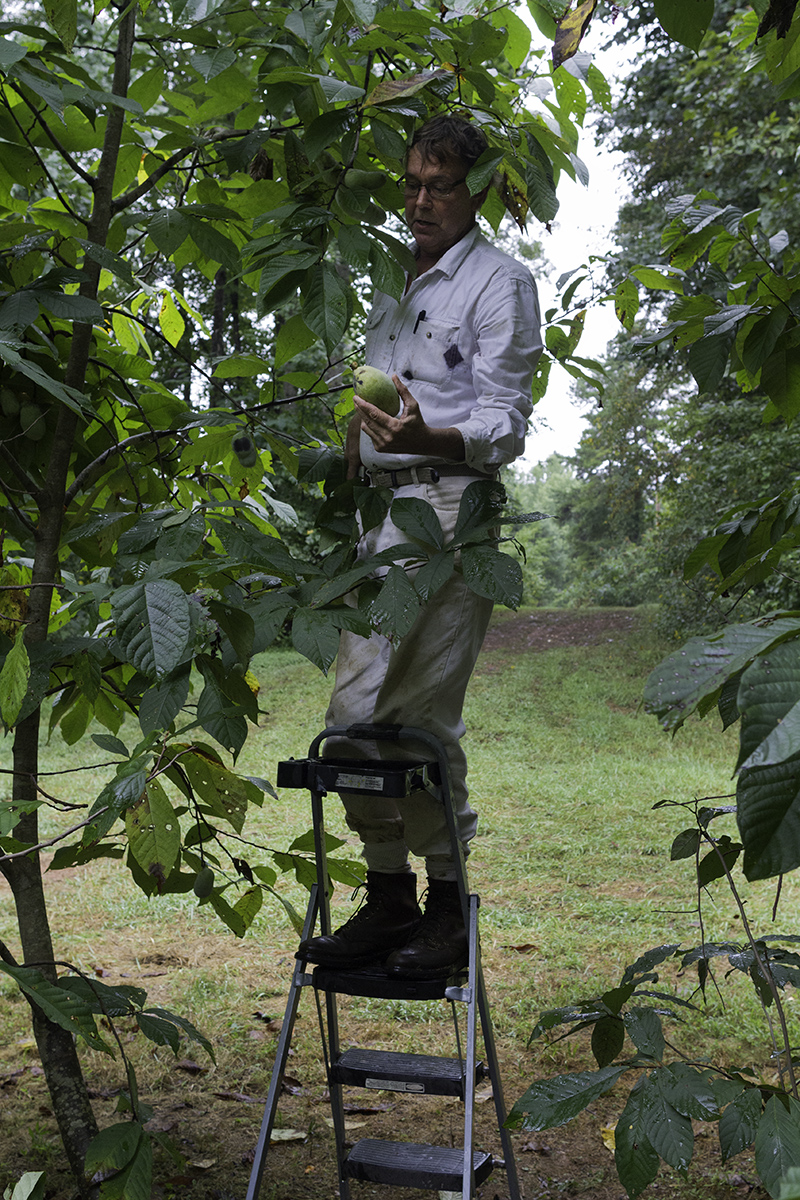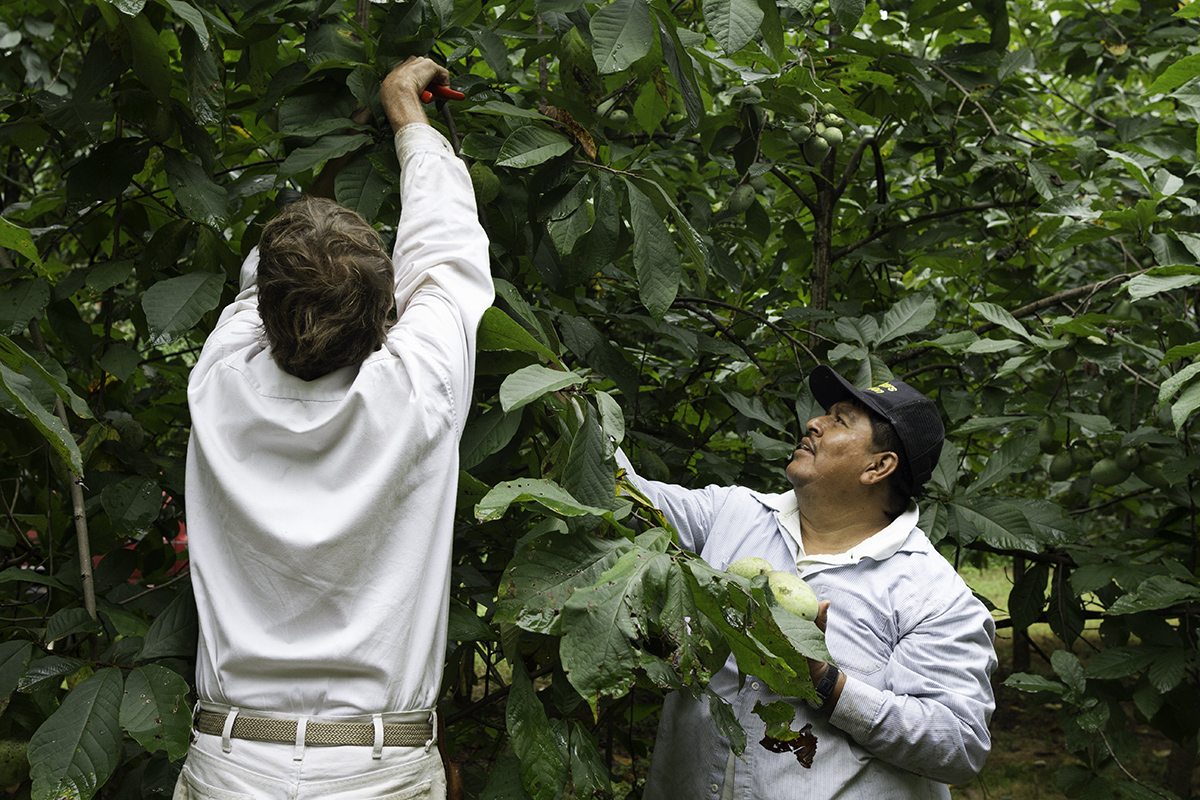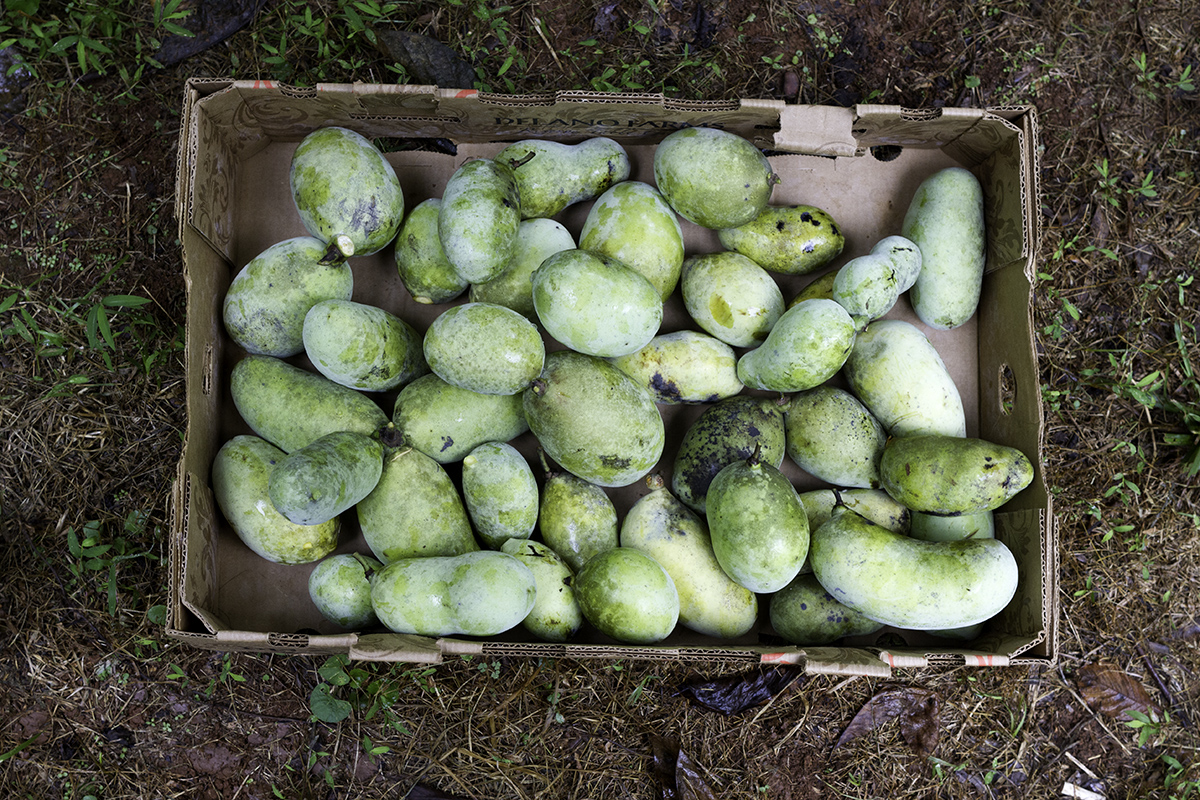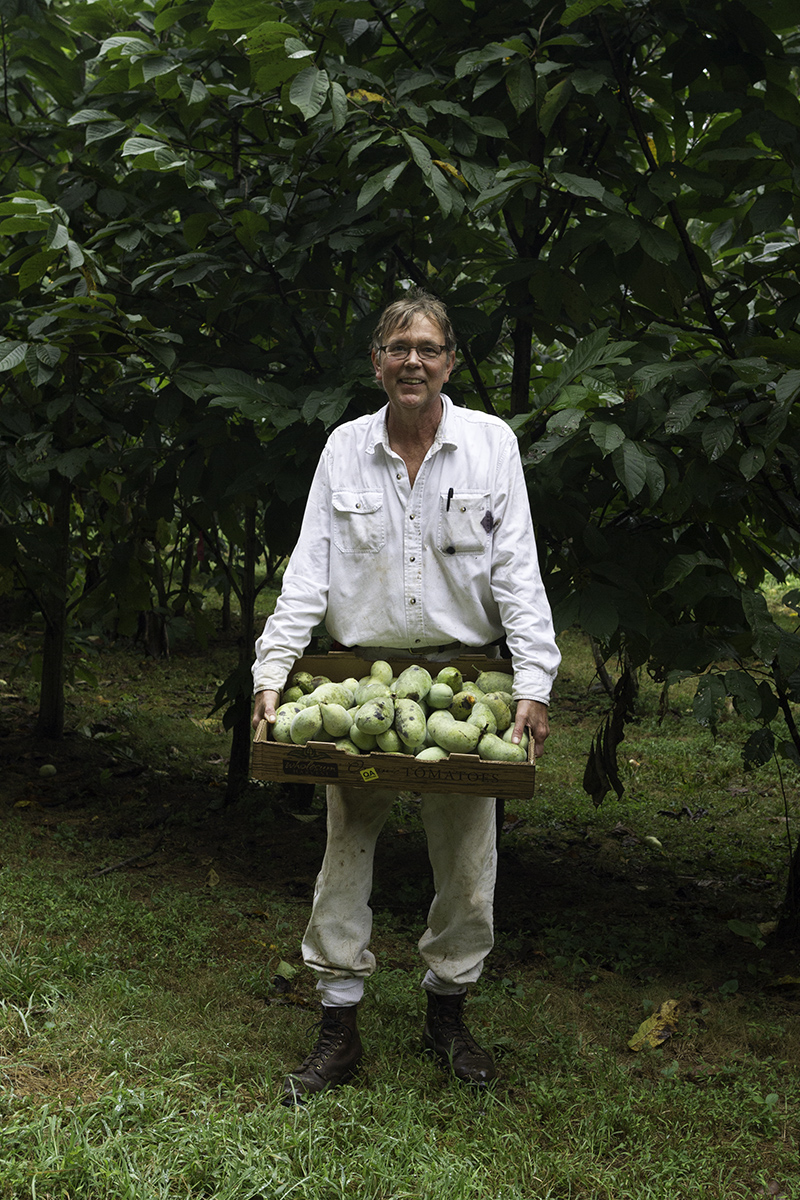Photos From Pawpaw Orchard Show & Tell
go.ncsu.edu/readext?316352
en Español / em Português
El inglés es el idioma de control de esta página. En la medida en que haya algún conflicto entre la traducción al inglés y la traducción, el inglés prevalece.
Al hacer clic en el enlace de traducción se activa un servicio de traducción gratuito para convertir la página al español. Al igual que con cualquier traducción por Internet, la conversión no es sensible al contexto y puede que no traduzca el texto en su significado original. NC State Extension no garantiza la exactitud del texto traducido. Por favor, tenga en cuenta que algunas aplicaciones y/o servicios pueden no funcionar como se espera cuando se traducen.
Português
Inglês é o idioma de controle desta página. Na medida que haja algum conflito entre o texto original em Inglês e a tradução, o Inglês prevalece.
Ao clicar no link de tradução, um serviço gratuito de tradução será ativado para converter a página para o Português. Como em qualquer tradução pela internet, a conversão não é sensivel ao contexto e pode não ocorrer a tradução para o significado orginal. O serviço de Extensão da Carolina do Norte (NC State Extension) não garante a exatidão do texto traduzido. Por favor, observe que algumas funções ou serviços podem não funcionar como esperado após a tradução.
English
English is the controlling language of this page. To the extent there is any conflict between the English text and the translation, English controls.
Clicking on the translation link activates a free translation service to convert the page to Spanish. As with any Internet translation, the conversion is not context-sensitive and may not translate the text to its original meaning. NC State Extension does not guarantee the accuracy of the translated text. Please note that some applications and/or services may not function as expected when translated.
Collapse ▲Photos by Debbie Roos, Agricultural Extension Agent.
These photos are from Chatham County Cooperative Extension’s Pawpaw Orchard Show & Tell held on September 8, 2014 at Full of Life Farms outside of Pittsboro. Grower Wynn Dinnsen grows over 250 pawpaw trees and evaluates them for flavor and favorable seed-to-pulp ratio. Pawpaws (Asimina triloba) are our largest native fruits and are tasty, nutritious, and easy to grow. Wynn sells pawpaw fruit and pulp to several local restaurants and breweries.
Click on each photo to view a larger image.

Visitors enjoyed tasting the pawpaws. The flavor can be variable but many describe it as a cross between mango, pineapple, and banana.
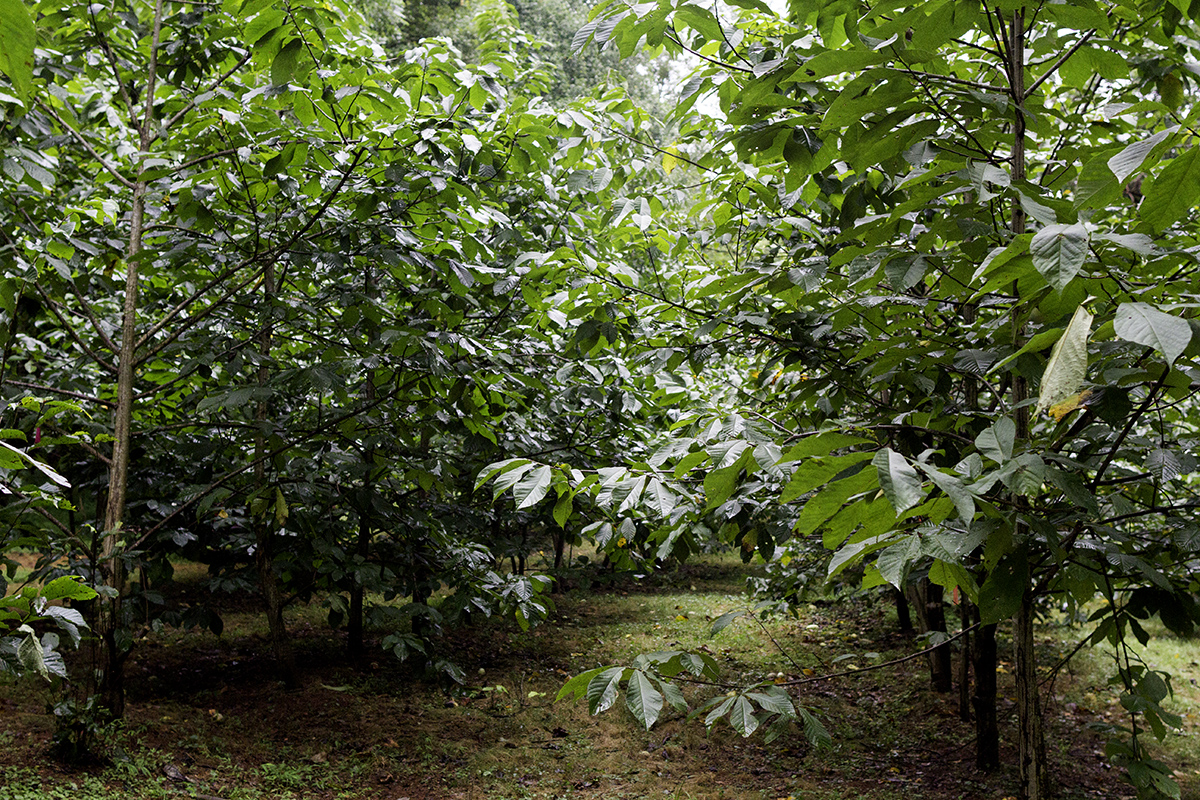
Pawpaws are relatively easy to grow and generally not susceptible to pests and diseases, making them an attractive option for organic growers.
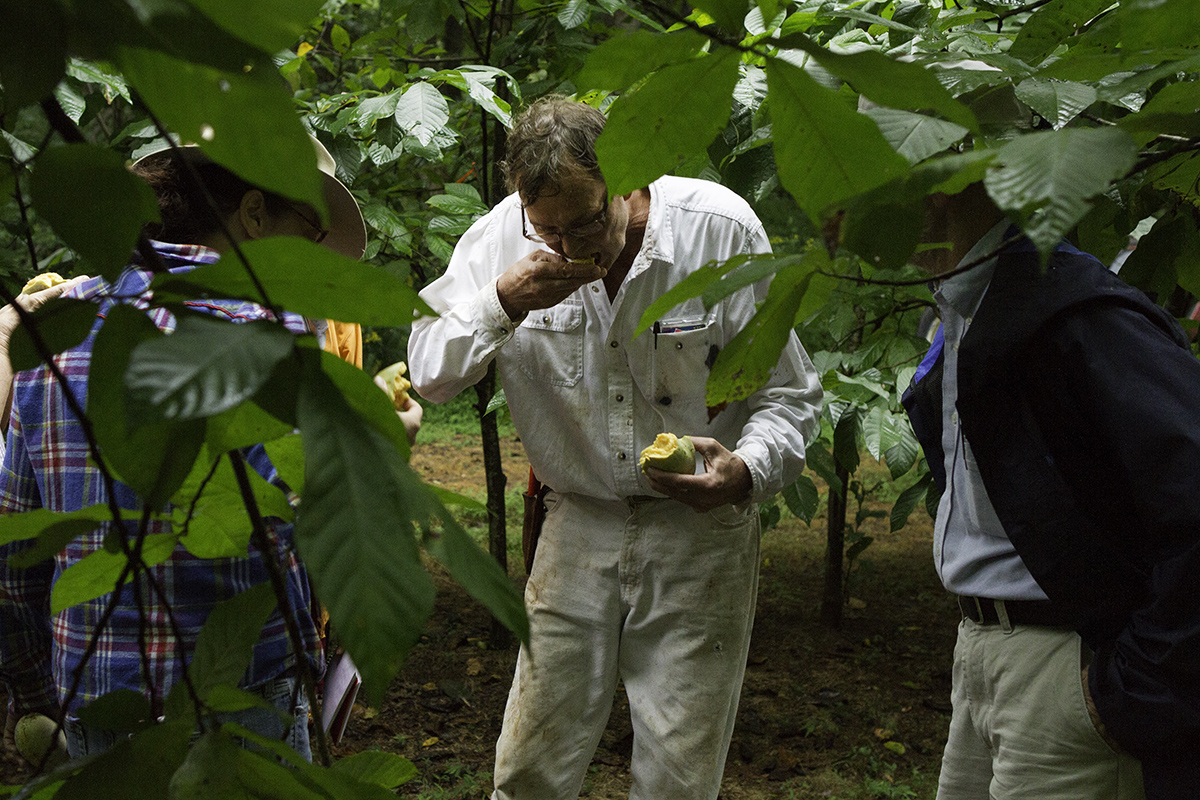
Wynn keeps detailed records on each tree and numbers the fruit so he can evaluate flavor and seed-to-pulp ratio.
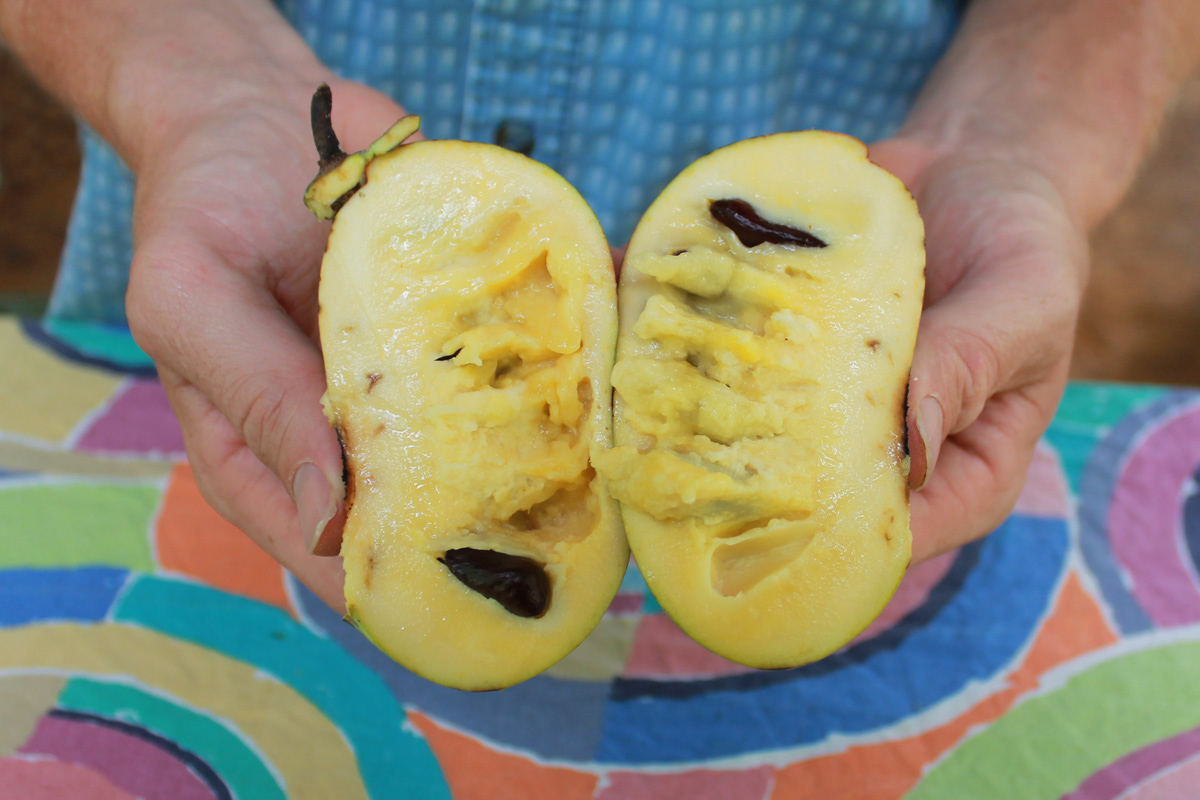
Pawpaw fruit has a creamy texture and is bright yellow to orange in color. The fruit is very nutritious and delicious!

Wynn places dead fish caught in his pond in the orchard to attract the flies that pollinate the pawpaw flowers. The stench attracts the flies.
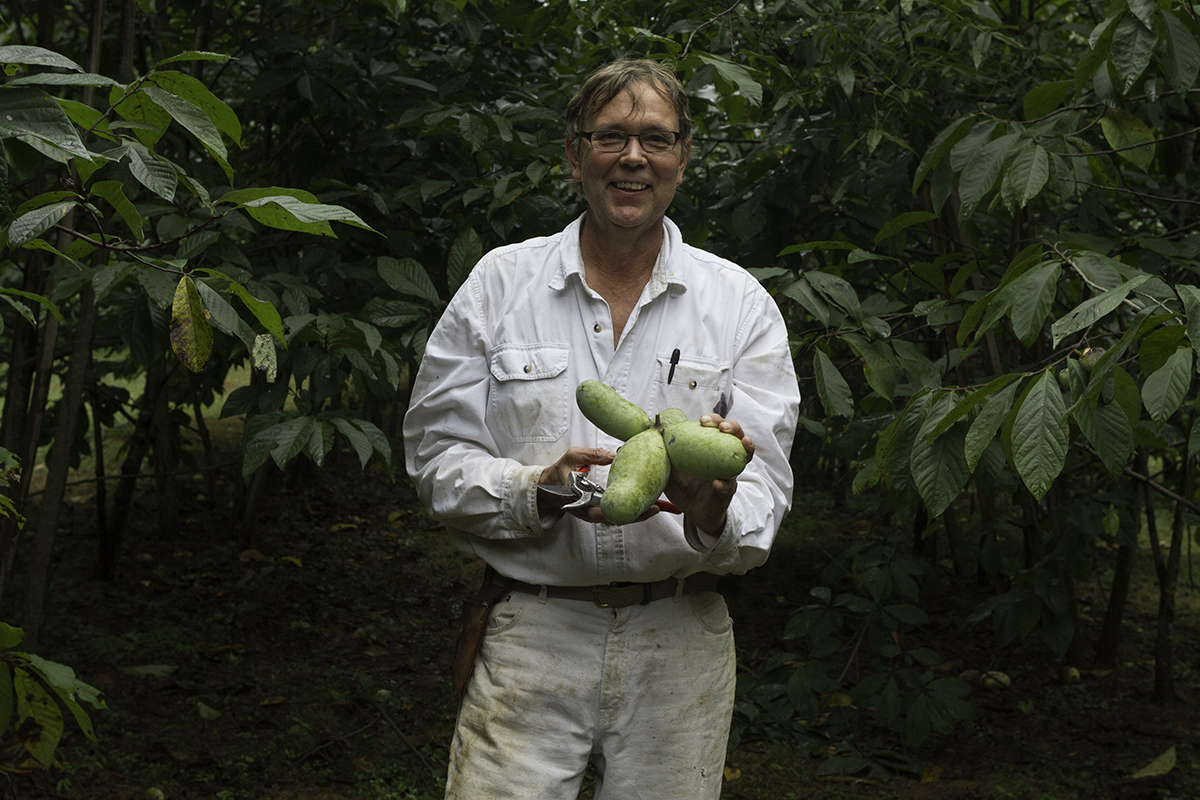
Wynn’s pawpaws are in high demand from area chefs. Local breweries also use them to make pawpaw beer.
Wynn sells pawpaw trees through Country Farm & Home Supply in Pittsboro so farmers and gardeners can grow their own!
For more information about pawpaw production:
- North Carolina Pawpaw Festival
- Kentucky State University Pawpaw Program
- Organic Production of Pawpaw – Kentucky State University
- Forest Production of Pawpaw – Kentucky State University
- Pawpaw Planting Guide – Kentucky State University
- Pawpaw Growing Information – Kentucky State University
- Specialty Crop Profile: Pawpaw – Virginia Cooperative Extension
- Growing Pawpaws: Purdue University Cooperative Extension
- Pawpaw: a Tropical Fruit for Temperate Climates – ATTRA




